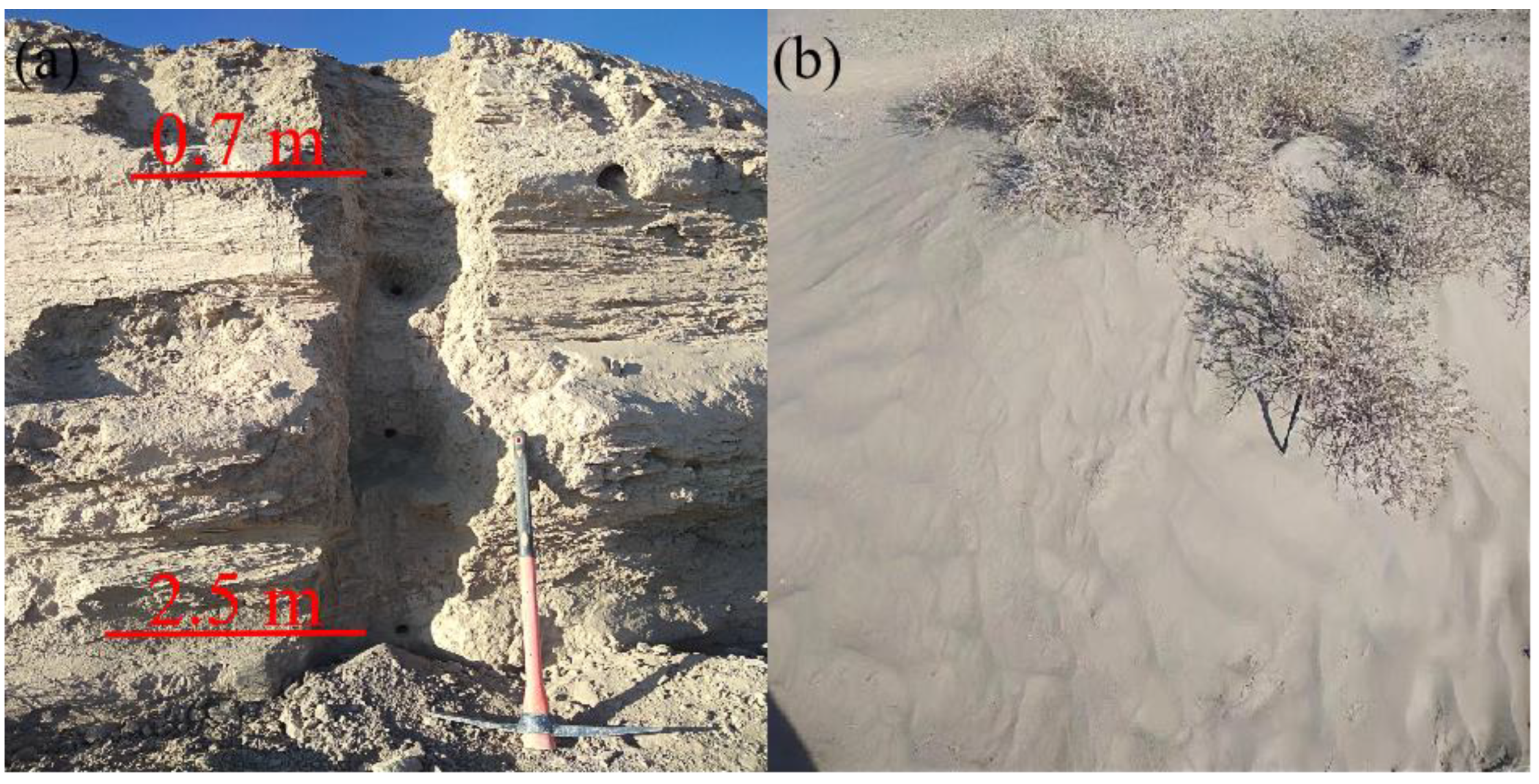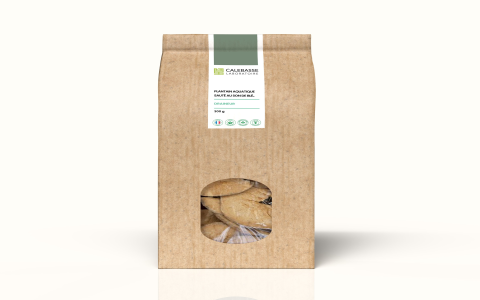Alright, so today I wanted to share a bit about my little experiment with Cynomorium songaricum, or Suo Yang as some folks call it. It’s one of those things you hear about, especially if you’re into traditional remedies, and I figured, why not give it a go myself and see what all the fuss, if any, was about.
My Starting Point: Feeling a Bit Off
It all began a while back. I wasn’t sick, not really, but I just felt… drained. You know that feeling? Like your get-up-and-go just got up and went. My energy levels were pretty much in the gutter. I was dragging myself out of bed and then dragging myself through the day. Coffee helped, but it was more like a temporary patch, and then I’d crash again. I was looking for something, anything, to just feel a bit more… normal, a bit more like myself.
Stumbling Upon Suo Yang
I was chatting with an older friend of mine, the kind of guy who knows a little bit about everything, especially when it comes to natural stuff. I mentioned how I was feeling, and he immediately said, “You should try Suo Yang. Good stuff.” I’d heard the name before, vaguely, but never really paid it any mind. He told me it was traditionally used for a whole bunch of things, especially for boosting vitality and helping with fatigue. My first thought? “Here we go, another old wives’ tale.” But, honestly, I was willing to try almost anything at that point, within reason, of course.
The “Getting It and Trying It” Phase
So, I did a bit of my own looking around, read up on it, and then decided to actually get some. I found this traditional herb shop downtown, the kind that smells amazing, all woody and earthy. I asked for Suo Yang, and the shopkeeper pulled out these dried, dark reddish-brown, kind of gnarly-looking root things. Looked a bit like a dried-up… well, never mind what it looked like. He gave me some instructions: slice it thin, you can make tea with it, or even add it to soups or stews. Sounded simple enough.

I decided to start with the tea. So, I’d take a few slices each morning, pop them in a mug, and pour hot water over them. Let it steep for a good 10-15 minutes. The taste? Well, it was… earthy. Not unpleasant, not delicious, just very, very earthy. I committed to doing this every day for a few weeks to really see if it did anything.
- Week 1: Drank the tea. Tasted the earth. Felt… pretty much the same. I was thinking, “Okay, maybe this isn’t for me.” A bit disappointed, but I decided to stick with it.
- Week 2: Kept up the routine. Around the middle of the second week, I started noticing something. It was subtle. I wasn’t bouncing off the walls, but that deep, soul-crushing tiredness? It seemed to be lifting, just a tiny bit. Getting out of bed wasn’t quite the Herculean task it had been.
- Week 3 and Onwards: Continued with the tea. The improvement was gradual, not like a switch flipping. But I definitely felt like I had more sustained energy throughout the day. Not a hyper, jittery energy like from too much caffeine, but just a more steady, even keel.
What I Think I Experienced
Now, people talk about Suo Yang having all sorts of benefits. For me, the most noticeable thing was definitely the energy boost. It wasn’t a miracle, mind you. It didn’t solve all my problems. But it helped me feel less like a walking zombie. I also read it’s supposed to be good for the kidneys, in the traditional sense, and for things like back pain or weakness in the limbs. I can’t say I had major issues there, but I did feel generally a bit more robust.
Another thing I heard was about its benefits for digestion and bowel regularity. I wasn’t really tracking that specifically, but I didn’t have any complaints in that department while I was taking it, so maybe there was something to that too. It’s hard to isolate these things, you know? Placebo effect is always a possibility, I guess. But I felt better, and that’s what mattered to me at the time.
Important note though: I also read that it’s not for everyone. Apparently, if you’re someone who already has a lot of “internal heat,” or certain types of digestive issues like loose stools from spleen deficiency, this might not be the herb for you. So, it’s not something I’d just blindly recommend to anyone. Best to do your own research or even chat with someone who knows their traditional herbs.

My Final Thoughts on the Suo Yang Journey
So, that was my little adventure with Suo Yang. It wasn’t a life-changing revelation, but it was a positive experience overall. It seemed to give me a gentle, sustained lift when I needed it. I don’t take it regularly anymore, but it’s something I’d consider again if I found myself back in that super-drained state.
My takeaway? Traditional remedies can be interesting. They’re not always a quick fix, and they probably work differently for everyone. But for me, this particular experiment with Suo Yang was worth the effort. It was a practical step, I followed through, and I felt some benefits. And that’s my story with it!

